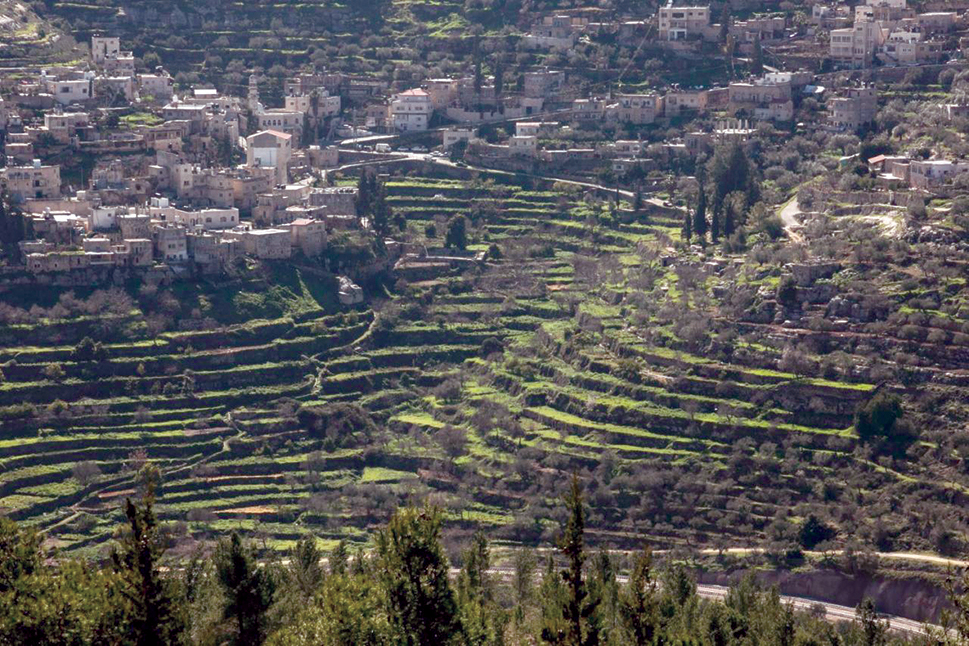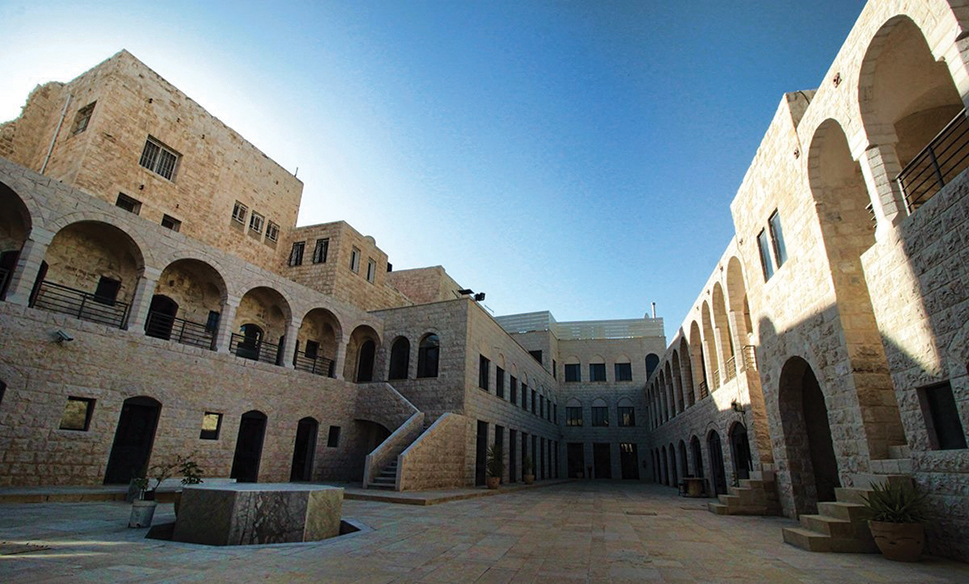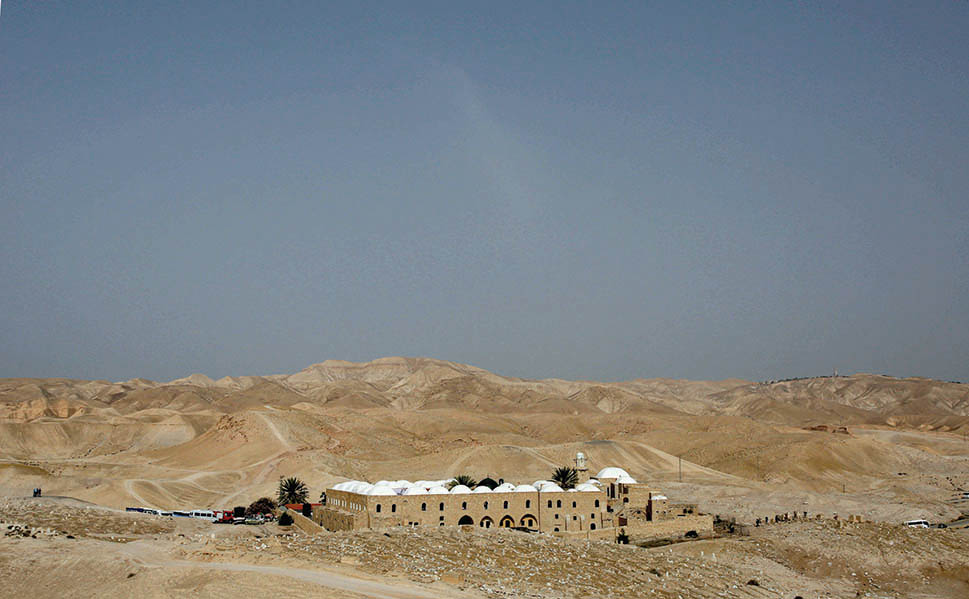The occupied Palestinian territory with its long history of human civilization is characterized by the richness of its unique cultural heritage, spectacular landscape, and high biodiversity. Its heritage assets contain innumerable archaeological and historical sites, renowned architectural monuments, and typical rural and urban buildings and constructions. According to the Palestinian Ministry of Tourism and Antiquities (MoTA), there exist more than 7,000 historical sites, 55,000 historical buildings, and around 50 museums throughout the State of Palestine. Notwithstanding this remarkable record and its religious and cultural value, only three historical sites have been recognized by the UNESCO World Heritage Centre, namely the Old City of Jerusalem and its Walls; Birthplace of Jesus: Church of the Nativity and Pilgrimage Route, Bethlehem; and recently Palestine: Land of Olives and Vines – Cultural Landscape of Southern Jerusalem, Battir.

Over the past years, the Palestinian Ministry of Tourism and Antiquities has attempted to promote Palestinian cultural heritage and develop attractive tourism sites, but there are many factors that threaten the survival and continuity of the Palestinian national treasury of cultural heritage. The occupation and its associated policies – such as restrictions on movement and access, in the context of limited Palestinian control over the majority of its historic sites – are key factors that cause harmful results. As Palestinian culture heritage is subjected to systematic neglect, deterioration, and even destruction, historical city centers are being left without proper attention. Given the high cost of the restoration and rehabilitation of archaeological sites, the Palestinian government is unable to respond in a timely and sustainable manner, and necessary rehabilitation, and improvements to most of the affected sites cannot be carried out. Thus, the majority of Palestinian cultural heritage sites suffer from a lack of basic infrastructure that includes adequate navigational and explanatory signage, adequate pavements, public toilets, water and electricity, or sewage and wastewater systems. Consequently, these national treasures are for the most part poorly accessible and neither attractive nor competitive for domestic tourism or international visitors.
Even though numerous restoration and rehabilitation measures have been implemented on historical sites, museums, and buildings, the majority of cultural sites are not functional and cannot serve the local community or the Palestinian tourism economy at large. Moreover, the absence of operational and managerial plans for these sites, the lack of master plans detailing their needs and potentials in strengthening tourism infrastructure, as well as limited engagement of the private sector (which is largely dependent on unsteady donor funding) offer limited opportunities to economic growth and job creation.
In order to tackle these challenges, safeguard and preserve culture heritage infrastructure, and increase its contribution to balanced economic growth and development, a set of national priorities has been developed that, once successfully implemented, is hoped to function as an enabling catalyst. These priorities are fully in line with the UN Sustainable Development Goal for promoting inclusive and sustainable economic growth, employment, and decent serve as sources of more productivity and participation. In addition, it is suggested that public-private partnerships in the management and operation of these heritage sites be encouraged, relevant legislation be drafted and implemented, and institutional arrangements initiated and developed.

Against this backdrop, the UNDP’s Suppor t to the Development of Cultural Tourism program – generously funded by the European Union with a total value of € 5 million and implemented in partnership with MOTA, the Ministry of Waqf and Nablus Municipality – has been designed to tackle some of the work. For example, it is suggested that development aid must leverage more investment towards revitalization, rehabilitation, and restoration of archaeological and cultural sites that include buildings, museums, and city or village centers. Equally, basic infrastructure facilities must be provided to transform these sites into attractive venues for culture- and heritage-related activities that are to identified constrains and challenges by offering a truly new way to respond in an integrated and coherent manner. The program aims to create an enabling environment for the development of the Palestinian tourism sector by revitalizing cultural infrastructure and increasing the engagement of public-private partnerships (PPPs).
Targeting two historical sites as pilot models, the program has rehabilitated and restored Khan Al Wakaleh in Nablus and is scheduled to begin work on Maqam Nabi Musa, located in Area C of Jericho Governorate. These interventions aim to provide sustainable operational and management capacities by engaging the private sector through the deployment of PPP platforms.

At this time, the program has delivered the following two key achievements: First, serving as a model at the local level, the historical site Khan Al Wakaleh in Nablus is after many years of abandonment now fully functional, and operational. The restoration of the site has been completed, all required furniture and equipment have been obtained, business management and marketing plans have been produced, and operation and management services have been secured through engagement of the private sector to ensure the Khan’s sustainable maintenance. Second, for the model at national level, Maqam Nabi Mousa, located in Area C of Jericho Governorate, is scheduled to operate in 2018.
As a third component of the Support to the Development of Cultural Tourism program, a partnership framework has been initiated with Palestinian Trade Center (PalTrade). This partnership is to serve as an institutionalised model and is hoped to inspire and assist in the forging of other public-private partnerships for the management of cultural heritage sites, thus making Palestinian national treasures accessible for tourism activities. The applied framework includes an assessment of the best practice for the management of cultural sites (investigating models that are applied both in the State of Palestine and abroad), a detailed survey of the legal framework for tourism-sectorrelated PPPs, technical assistance for the development of a model PPP, advocacy at policy level for the institutionalisation of the model, training of civil servants for the implementation of such partnerships, and the identification of other cultural sites that can be developed for touristic purposes through similar PPPs.


